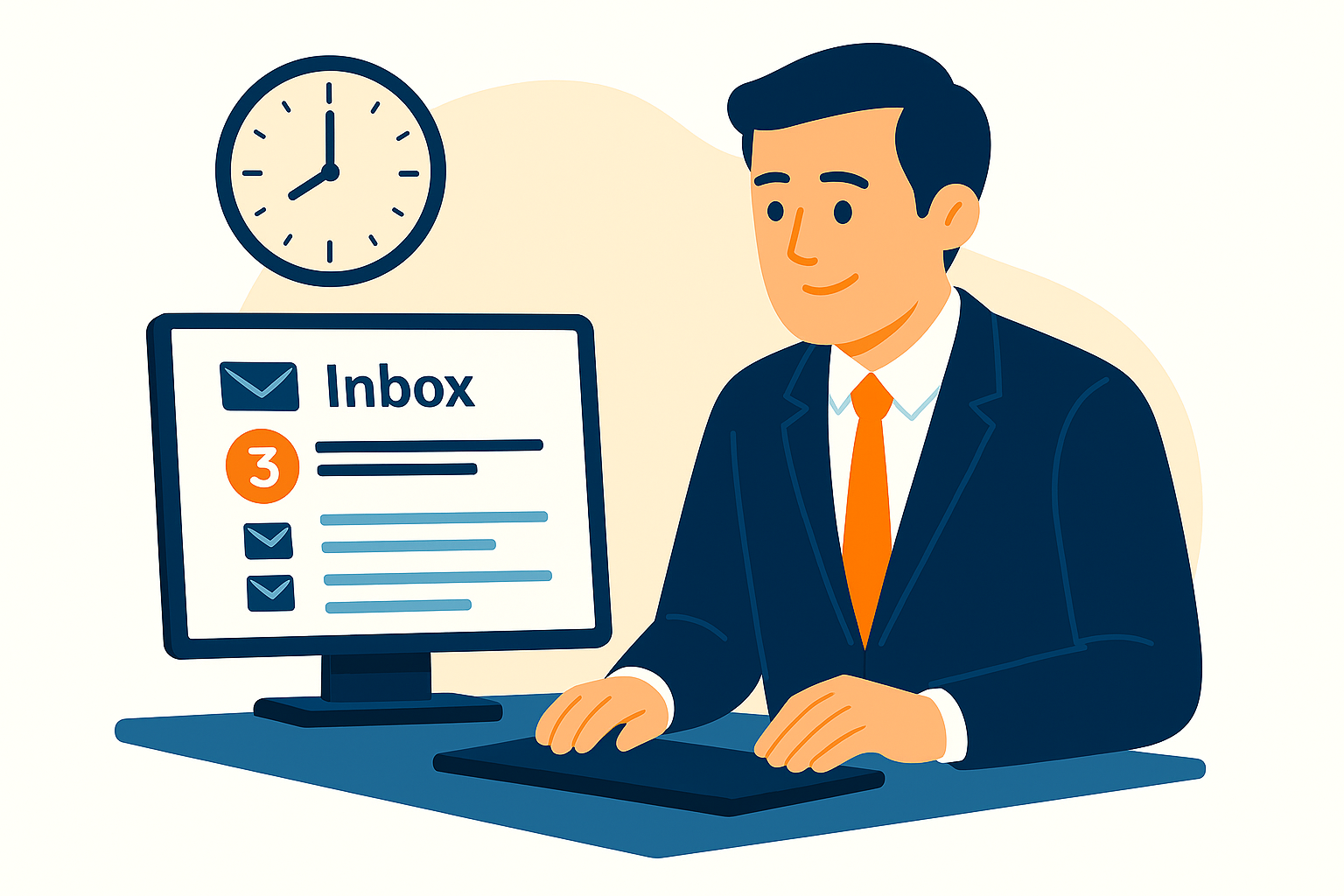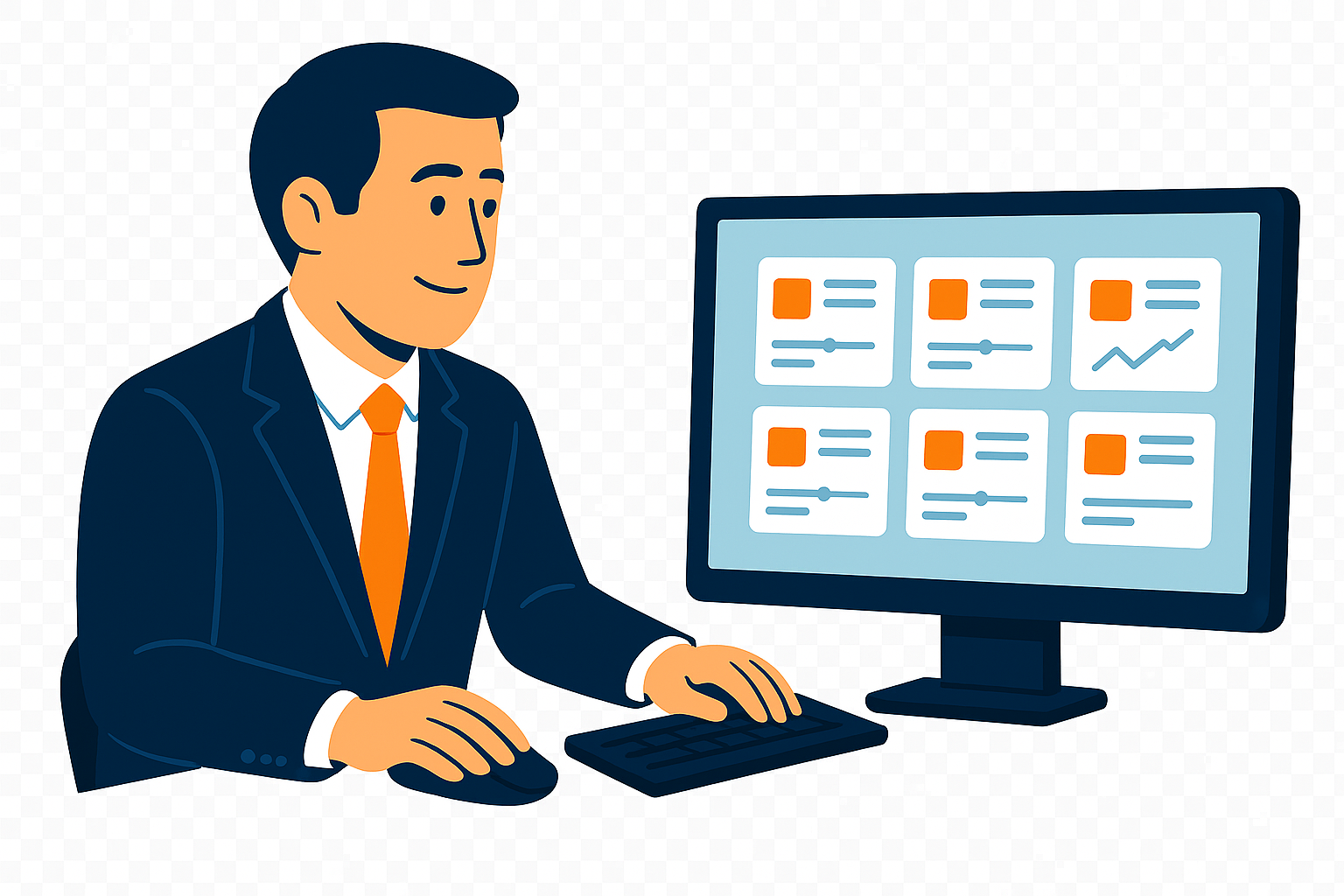In today’s highly competitive retail environment, pricing is no longer a back-office function. It is a core strategic lever that can unlock market share, protect margin, and build customer loyalty. Yet many retailers continue to rely on manual pricing, using outdated spreadsheets, disconnected tools, and time-consuming workflows.
At a glance, manual pricing might seem manageable. But a closer look reveals the significant costs hidden beneath the surface.
What Is Manual Pricing and Why It Is Risky
Manual pricing refers to the process of setting and adjusting prices using spreadsheets or non-integrated systems. It often involves copying and pasting data, updating prices by hand, and relying on team members to keep different files aligned.
Although this may work for a small catalogue, it quickly breaks down as SKUs expand, competition increases, and customers demand faster responses.
Retailers using manual pricing often experience the following:
Pricing analysts spending hours gathering competitor data
Duplicate or outdated pricing records
Slow reaction times during promotions
Margin leaks that go unnoticed due to limited visibility
Frustrated teams focusing on admin instead of strategy
One UK retailer reported spending over 12 hours each week collecting and verifying pricing data for a few hundred SKUs. That is nearly two full days spent on repetitive tasks, not on high-value pricing strategy.
The Hidden Costs of Manual Pricing
The impact of manual pricing reaches far beyond inefficiency. It introduces risk, slows down execution, and drains profitability. Let us explore the key challenges.
1. Data Errors That Lead to Poor Decisions
Manual pricing often involves copying and pasting between spreadsheets. This opens the door to errors, such as applying incorrect formulas, duplicating prices, or assigning the wrong price to a product variant. These mistakes can reduce profit and damage brand credibility before they are even detected.
2. Delayed Reaction to Competitor Moves
In the current retail climate, competitors adjust prices frequently. When you rely on manual processes, reacting to those changes takes days. As a result, you miss out on critical opportunities during campaigns or allow competitors to gain a pricing advantage.
3. Inconsistent Pricing Across Channels
Customers expect pricing to be consistent whether they are shopping online, in-store, or on third-party marketplaces. Manual pricing makes it difficult to maintain alignment across platforms. When customers see different prices in different places, trust declines.
4. Undetected Margin Erosion
Without real-time insight into product-level margins, stock levels, and promotional performance, pricing teams are working in the dark. Manual pricing makes it difficult to spot where profits are slipping, particularly across long-tail SKUs.
5. Strategic Talent Spent on Admin
Your pricing team’s expertise should be focused on insights, optimisation, and long-term growth. Manual pricing limits their potential by tying up hours in low-value work, rather than enabling experimentation and forward planning.
Why Manual Pricing Still Exists
Retailers do not deliberately choose inefficient processes. Manual pricing often evolves out of necessity. Spreadsheets are familiar, easy to use, and appear cost-effective in the short term.
However, as retailers grow and the business becomes more complex, these same tools begin to hinder rather than help. Manual pricing cannot support real-time updates, cross-channel coordination, or responsive promotional strategies.
Only 36 percent of mid-sized UK retailers say they rely primarily on data to drive pricing decisions. That leaves a majority still managing pricing manually, with all the risks that come with it.
Why the Shift Away from Manual Pricing Is Urgent
Retail is faster and more complex than ever. Competitors are investing in automation and reacting in real time. Consumers expect fresh, fair pricing. Marketplaces like Google Shopping and Amazon reward competitive pricing with higher visibility and lower ad costs.
Relying on manual pricing puts retailers at a disadvantage. Every missed price update, every delayed promotion, and every inconsistent listing reduces your ability to compete.
Agile pricing is no longer optional. It is essential.
The Better Alternative: Automated, Data-Driven Pricing
Platforms like InsiteTrack are built to solve the manual pricing challenge. By combining competitor intelligence, internal data, and flexible pricing logic, retailers can modernise their pricing processes without overhauling their entire tech stack.
With automated pricing in place, retailers can:
Monitor competitors in real time
Apply pricing rules based on margin, demand, and stock availability
Push price updates across all channels
Use dashboards to track performance and spot trends
Reduce time spent on admin while increasing pricing accuracy
Getting Started Without Overwhelm
Moving away from manual pricing does not require a complex overhaul. Many retailers start with one category or product range and build from there.
A practical four-phase roadmap includes:
Assess and Define
Review current processes and set clear pricing goals.Build a Data Foundation
Connect internal systems and integrate competitor data.Activate Analytics
Use dashboards to test, analyse, and measure pricing performance.Optimise and Scale
Refine strategies, expand across teams, and embed pricing into commercial culture.
Manual Pricing Is Holding You Back
In today’s retail landscape, manual pricing is not just inefficient. It is a serious competitive risk. It creates blind spots, slows decision-making, and limits your ability to respond to fast-moving market changes.
By transitioning to an automated, intelligent pricing strategy, your team gains the visibility, speed, and confidence needed to drive commercial results.
Now is the time to stop relying on outdated methods and start pricing with purpose.
Ready To Achieve Pricing Excellence?
Unlock smarter, faster pricing decisions. Download the Fast Track to Retail Pricing Excellence whitepaper today.



